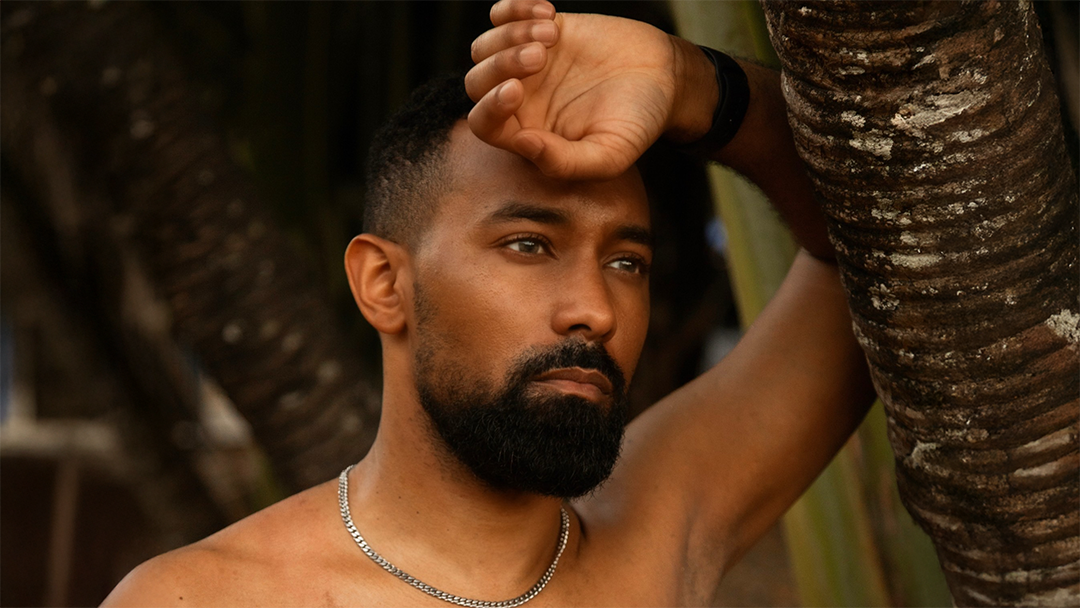Since its launch in 2018, The Immortal Hulk, by Al Ewing and Joe Bennett, has been hailed as one of Marvel’s most captivating – and disturbing – modern comics. Returning to its body-horror roots, the title resonates with, and repulses, its readers, not only due to its liberal use of gore, but because one of its central themes preys upon a very particular terror: the fear of being eaten alive.
Of course, the Hulk’s story has been laced by this particular strain of fear since its inception. He is, after all, a cancer; literally, a malignant growth made flesh, born of a human body’s overexposure to radiation. As such, just like the disease is said to do to the human body, the Hulk is eating Bruce Banner alive. But he hasn’t been content to stop there.
The Immortal Hulk Will Eat You, Body and Soul
One of the overarching fears that permeates the Hulk mythos is that he is a ravenous beast driven by his appetites. In some of his most famous stories, he is cast as nothing short of a cannibal. For instance, in the "Old Man Logan" arc, by Mark Millar and Steve McNiven, Hulk eats Wolverine. In The Ultimates #13, by Millar and Bryan Hitch, an alternate version of the character infamously chews up and swallows an alien shapeshifter. We won’t go into his looming presence throughout the Marvel Zombies series.
But never before has the idea of eating, or being eaten, been so narratively blunt, so aesthetically arresting, and so illustrative of the hero’s story than in The Immortal Hulk.
This recurring theme is hinted at from the series' first scene, set, as it is, in a gas station convenience store – a particularly apt metaphor for consumption. In the following issue, Bruce Banner waxes philosophical about indulging in his base senses -- like taste – while enjoying a greasy-spoon breakfast. But the symbolism goes well beyond flirty social commentary or mid-meal musing.
Throughout the series, the persona regularly identified as being in charge – the so-called “Devil Hulk,” first introduced as a villainous identity in 2000’s Incredible Hulk #13, by Paul Jenkins and Ron Garney -- regularly admits to eating his enemies. In one truly horrific scene in The Immortal Hulk #8, the Hulk devours an evil scientist by re-forming his previously butchered body around the villain, slurping the man’s arm into his chest like a hungry toddler with spaghetti.
But perhaps more troubling than even this gratuitous act is the idea that the Devil Hulk does not simply eat his enemies’ flesh and bone, but also their power, and sometimes – true to his moniker -- their souls.
In Issue 5, the Hulk shows off a power that would become a hallmark of the series: absorbing – or as he puts it, “eating” -- gamma radiation. He effectively ingests any similarly empowered monster and becomes stronger, leaving it a puny human husk. He does this most gruesomely in the one-shot issue, The Immortal Hulk: The Threshing Place, by Jeff Lemire and Mike Del Mundo, when he “sucks out” the gamma from a mutated girl, thus saving her from her own Hulk.
But it’s when he absorbs the powers of Alpha Flight’s Sasquatch that he inadvertently swallows the soul of his own father, Brian Banner. Ironically, of course, his abusive father’s (accidental) death at Bruce’s hand has eaten at him for years.
Hulk continues to consume his way through the Immortal series, even in its projected future, when a Banner seemingly bereft of humanity reveals that he has eaten the World Devourer, Galactus, as well as Franklin Richards, the universe’s most powerful mutant. He does this before finally, disgustingly, consuming the personified power of the universe.
And yet, even after all of this, the true horror of being eaten in The Immortal Hulk rests not with our hero, but his villains.
The New Abomination: An Insatiable Hulk
Truth be told, the Hulk historically has been just as often a victim of being eaten, be it by Zeus’ vultures in Incredible Hulks #622, by Greg Pak and Paul Pelletier, or by the Asgardian beast the Hoarfen in The Incredible Hulk #422, by Peter David and Gary Frank. Then there were the mutant cockroaches that devoured him in Hulk: The End, by Peter David, Dale Keown, Joe Weems and Dan Kemp.
In The Immortal Hulk, his villains more equally reflect his own appetites, but like a shattered fun-house mirror, distort them to even more grotesque proportions. It begins, fittingly, with an Abomination.
Built first as a biological drone introduced in Immortal Hulk #18, the all-new Abomination proves the series’ obsession with digestion… by weaponizing it. One of the only substances that can disintegrate Hulk’s tissue is this Abomination’s corrosive stomach acid; a gamma expectorate it spews from its horror-show maw to melt Hulk’s flesh like a Popsicle under a blowtorch.
This attack is used many more times in the series by General Fortean – an inadvertent protégé of classic Hulk foe, General Thaddeus “Thunderbolt” Ross – who commandeered the Abomination “suit” to fight the Hulk. This was, itself, further symbolism of being consumed, and not just because Fortean, when wearing the Abomination, appears inside its throat like a partially swallowed face.
Both Fortean and Ross – who later became the Red Hulk – were so driven by destroying the Hulk, they each became consumed by a worse version of him. The same could be said of Ross’ daughter, Betty, Bruce’s wife and series regular as the monstrous Harpy. Interestingly, she may have the series’ most evocative scene of consumption when she rips out and eats the Hulk’s heart. It seems that love can consume Bruce Banner just as easily as rage. And yet, even after all of this, somehow, the worst was yet to come.
Xemnu: The Hungriest Hulk There Is
Xemnu is by far the book’s most disturbing practitioner of consumption. The white, fluffy alien debuted in 1960's Journey Into Mystery #6 as “the Living Hulk,” but was quickly replaced by the Hulk we know today, casting him into the lot of foes consumed with revenge.
In The Immortal Hulk, Dario Agger -- billionaire CEO of Roxxon and noted wereminotaur -- enlists Xemnu to help destroy the Hulk. He does this, first, by making himself the hero of humanity and preying on society’s nostalgia, reaching into his victims’ collective memory and imploring them to remember “the smell of a new plastic toy” and “how soda used to taste.” This tactic reveals Xemnu to be an avatar of consumption, before showing him to be a horrifying purveyor of it.
To power his abilities, Xemnu actually eats people – or as he calls it, “converts” them -- transforming into a bio-robotic meat grinder and chewing his victims alive before excreting them out as mouthless, mindless slaves. Xemnu flays his own benefactor, Dario Agger, this way, humiliating the once-proud minotaur, and converting him into a bloody, mewling heap of frayed wires and chewed beef; an embarrassment of avarice, and further evidence the Immortal Hulk has a fascination with mastication.
The Hulk, The Leader and The End
It remains unclear how The Immortal Hulk will end, but we know it will come to a climax at Issue 50. In the gulp before its final 10-issue gasp, though, its grisly obsession with consumption continues, now thanks to classic Hulk villain, The Leader (Samuel Sterns).
In Issue 39, it's revealed it was he who actually ate the soul of Brian Banner first, turning into a hellacious gamma horror to do so, before sucking out his insides with an insectoid proboscis. Sterns also seems to be feeding on Bruce Banner, or, more likely, feeding him to the series’ true villain, The One Below All.
The Immortal Hulk is a bold treatment of body horror, baked within a flagship Marvel title. The secret to its success seems to be remaining faithful to the character’s deep and rich history through fan service, while also delighting and disgusting its readers with powerful storytelling through truly haunting imagery. Wherever this all leads and however the series ends, it is a story that will stick to your ribs… whether you like it or not.
The Immortal Hulk #40, by Al Ewing and Joe Bennett, is on sale now from Marvel Comics.
About The Author

